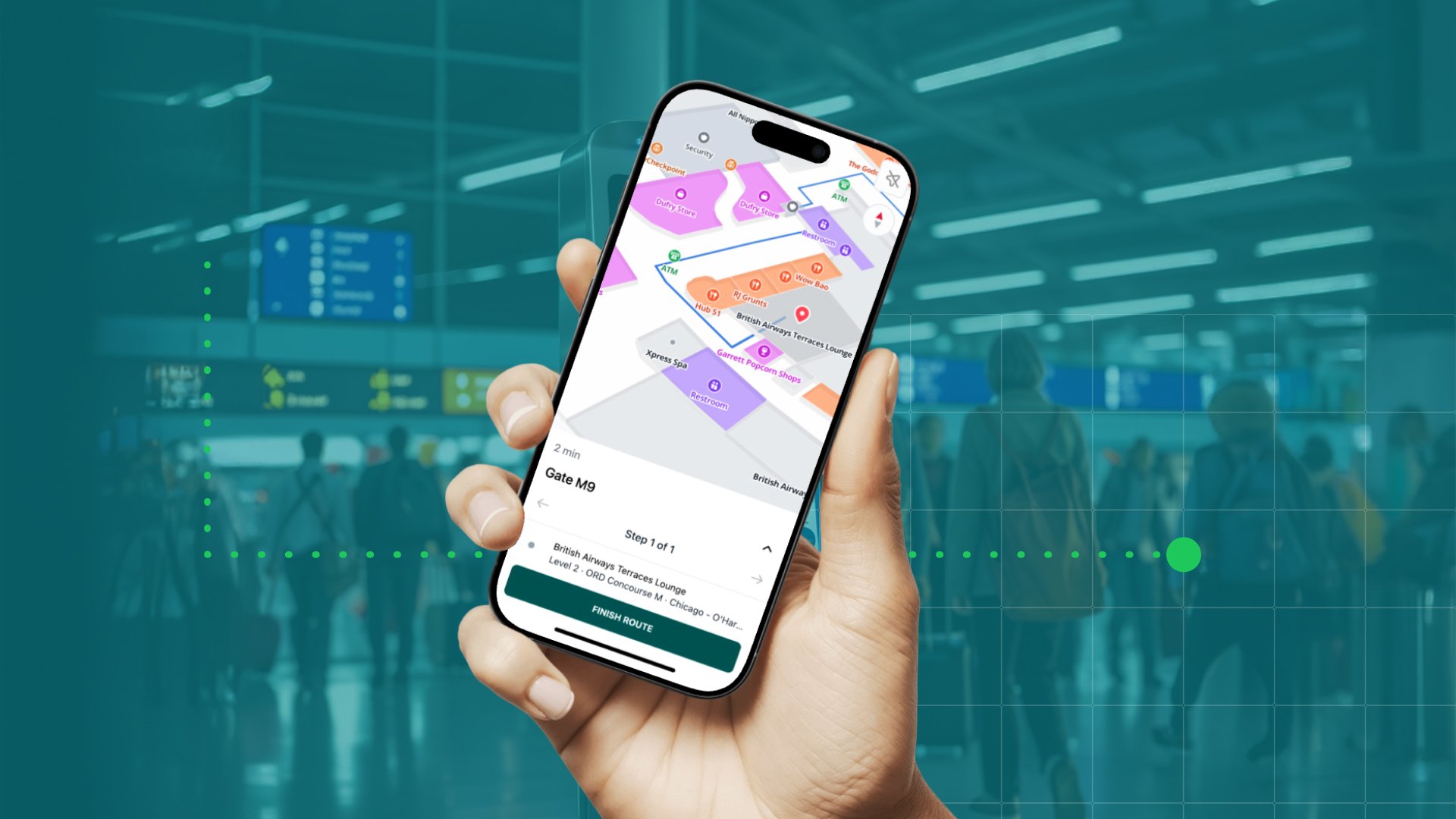In this episode of Spatial Experience Design, we discuss the evolving use of spatial and geo-referenced data beyond traditional maps. We highlight use cases like timing routes in airports, workplace utilization, and providing real-time information in venues without using visual maps.
The conversation dives into the importance of tailoring the way data is presented based on the user's device and context, whether that's through text, audio, or interactive platforms like AI. We explore how properly structured and integrated spatial data can enhance user experiences across different environments, such as offices, warehouses, or retail stores. Some examples include booking desks, tracking assets, and optimizing inventory management.
We also consider the potential of generative AI to revolutionize how users interact with spatial data for decision-making, and imagine future advancements and unanticipated user-driven use cases.
Key Topics:
-
- Personalized workspaces with smart spatial data
- Voice-activated wayfinding & smart assistance
- Real-time crowd management with predictive analytics
- AI-driven food & beverage recommendations
- Dynamic inventory tracking with spatial intelligence
- Context-aware notifications for user engagement
- The evolution of spatial data beyond maps
New Possibilities: How Spatial Data is Jumping Off the Map
Have you ever thought maps were the ultimate goal in spatial data? Well, we're diving into a world where spatial data goes beyond maps and takes center stage in creating mind-blowing experiences. Let's look closer at how these data-driven adventures are reshaping our daily lives.
Using Data to Guide Our Journeys
Traditionally, maps have been our go-to for navigating anything spatial. Now, imagine ditching the map and still arriving exactly where you need to go, on time. Instead of staring at a map, an app tells you exactly how long it’ll take to get from Point A to Point B, and gives you real-time nudges along the route. No map display necessary, just smart spatial data at work behind the scenes.
Context is King: Taking Experiences to the Next Level
The magic happens when we add context to spatial data. Instead of a one-size-fits-all map, it’s about giving you the info you need, when you need it, in the most helpful format. Think about real-time adjustments based on where you are, and what's around you. You're not flooded with information overload, and you don't have to stare at your device every step of the way.
AI: The Game-Changer in Spatial Adventures
Enter AI, the game-changer in spatial interactions. With help from AI applications and natural language processing, we envision talking to our surroundings like they're part of the team. Whether it's finding the perfect desk at work or the tastiest tacos at a stadium, AI translates spatial data into useful, context-rich information tailored just for you.
Work and Play: Spaces Tailored to Your Needs
Consider your office, where spatial data is transforming desk booking into a personalized, hassle-free experience. Want to sit next to your work buddy, or avoid the office chatterbox? Imagine a system that knows your preferences and guides you accordingly. In the stadium, imagine a system that smoothes out the challenges in your food hunt or guides you to the shortest restroom line. all made possible through clever data use.
Discovering New Horizons
We’re only just scratching the surface. By stretching spatial data beyond the limitations of visual maps, we're opening the doors to innovation. The secret? Creativity and curiosity toward new approaches.
As we continue to explore, we are focused on teaming up with partners to see what we can make happen next. Keep your eyes peeled and your curiosity piqued.
Additional Resources:
March 7, 2025



.png)